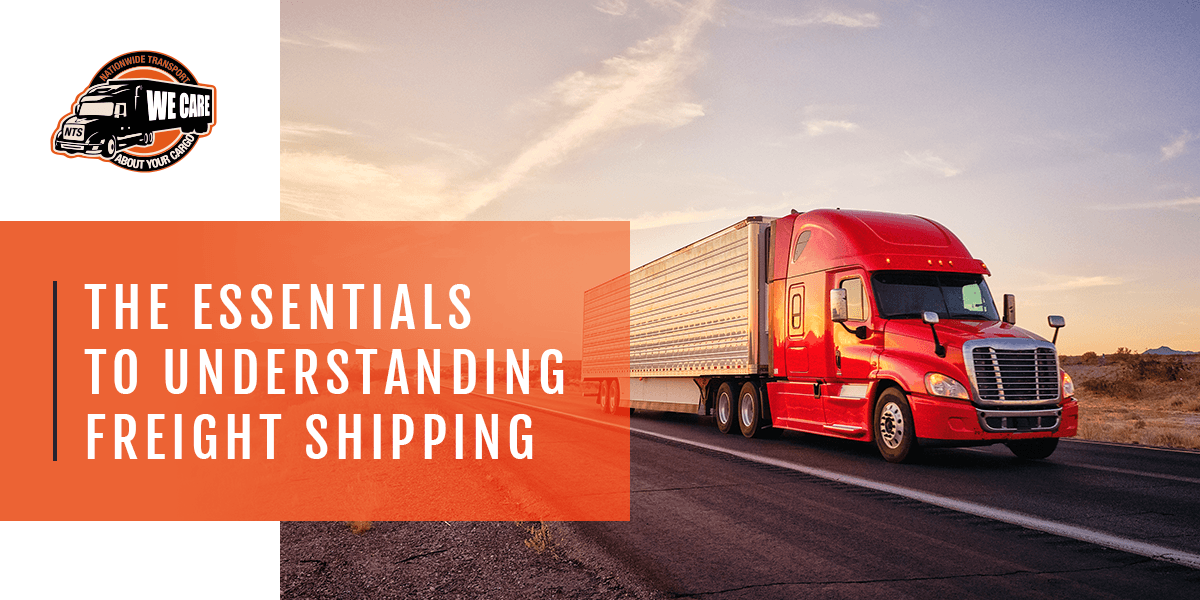Cabover
Logistics Term
Cabover Definition
Cabover trucks, commonly known as Cab Over Engines (COE), are a style of truck that has a flat-faced outlook. They are also called flat-nose trucks and forward-control trucks. The truck's cab sits over the front axle, probably where it got its name. Cabover trucks utilize more cargo space and reduce the Bumper to Back of Cab ratio (BBC), which makes it a popular style truck.
Pros and Cons of a Cabover Truck
Its sleek design makes the cabover great for maneuvering in tight spots, also, because of the upfitting capabilities its highly customizable to suit your hauling needs.
However, there may be better options than cabover trucks for long-haul truckers. The cab design offers spacious accommodations while driving, but long-haul truckers generally want a bunk. Adding said bunk takes away most of the room in the cab.
The last thing to note is engine access. Because of it's location, you can't simply pop the hood. You have to lift and tilt the cab forward to access the engine. These are things to keep in mind when determining if a cabover-style truck is right for you

or